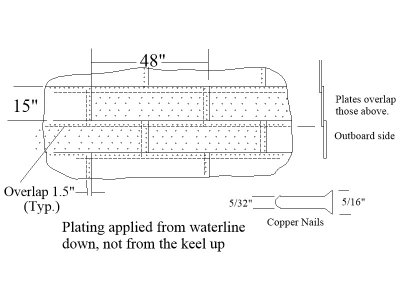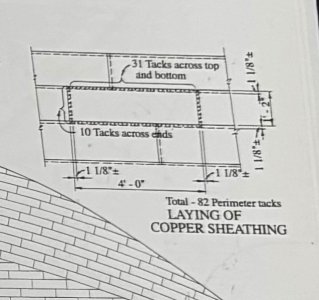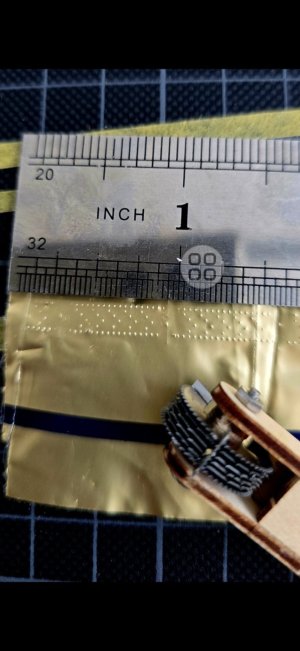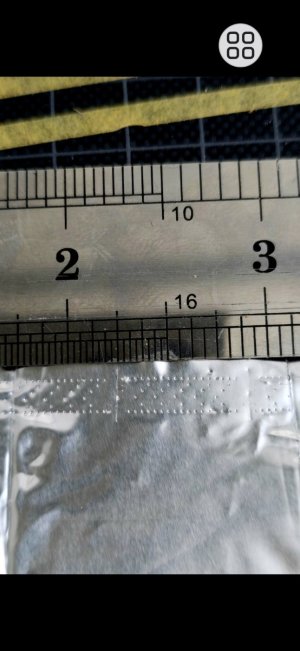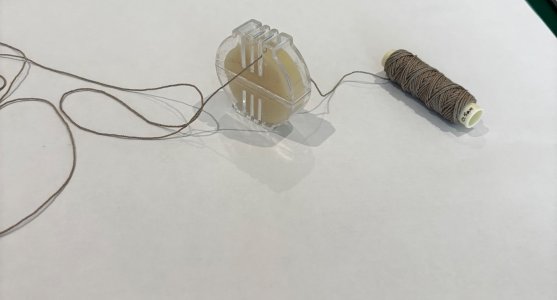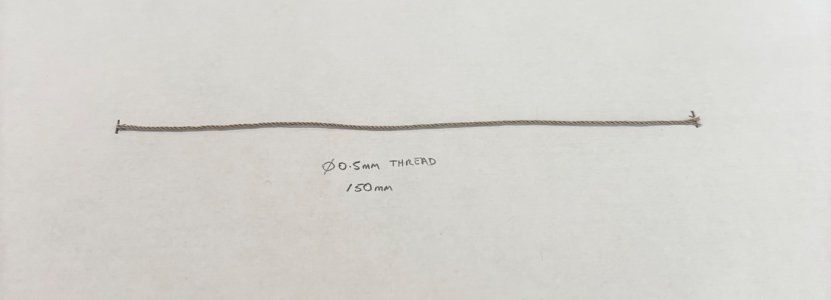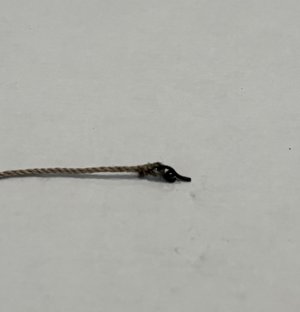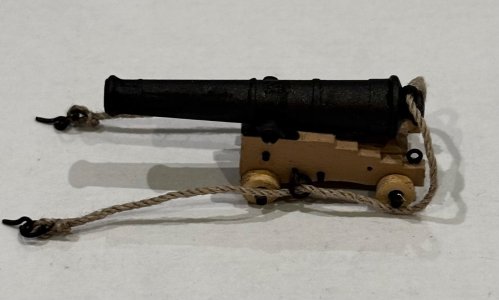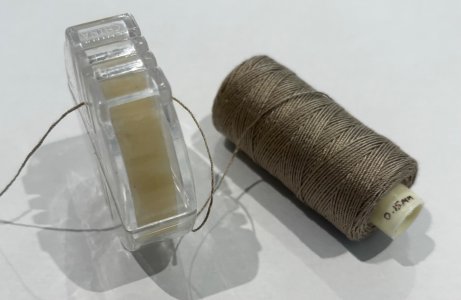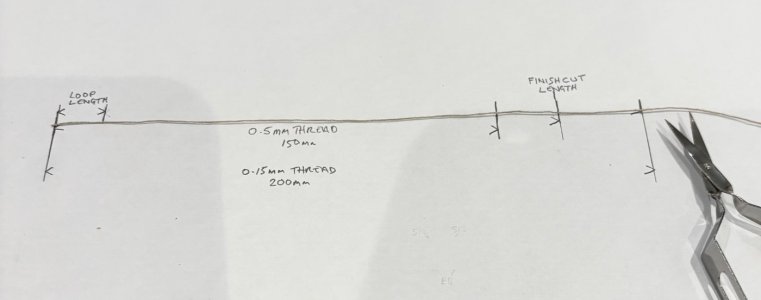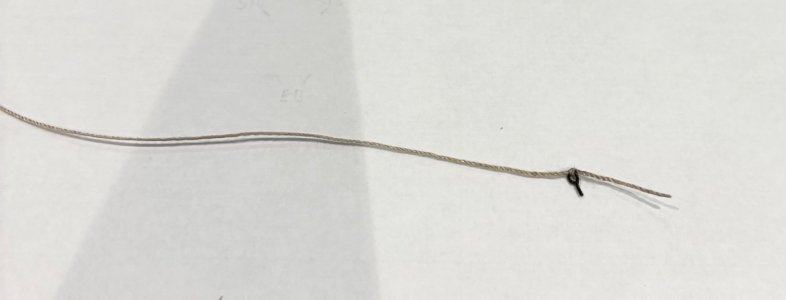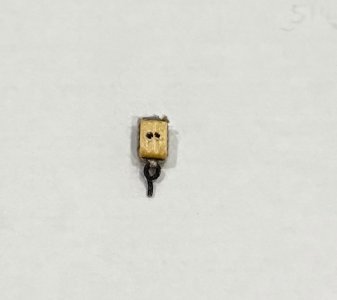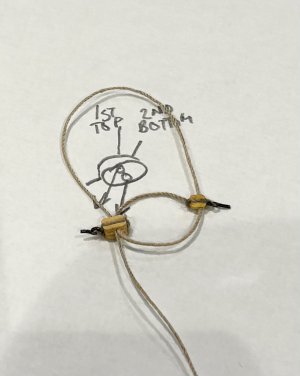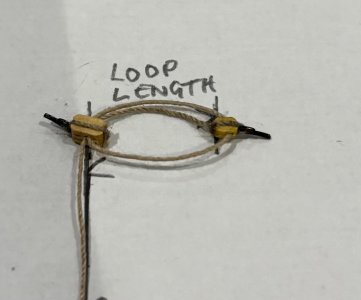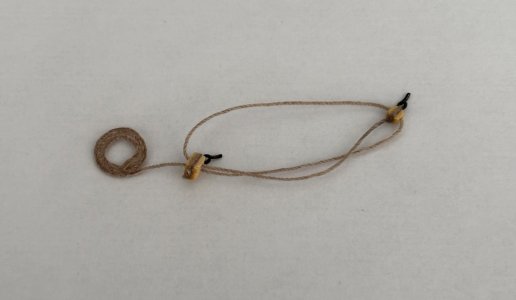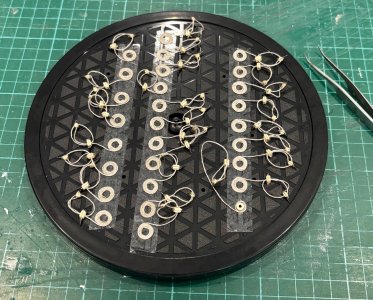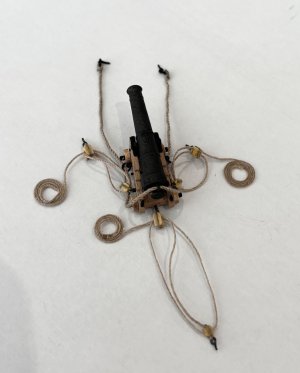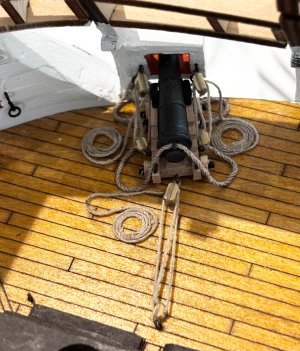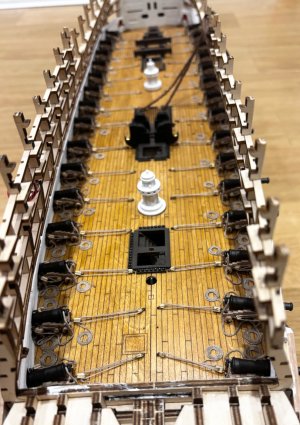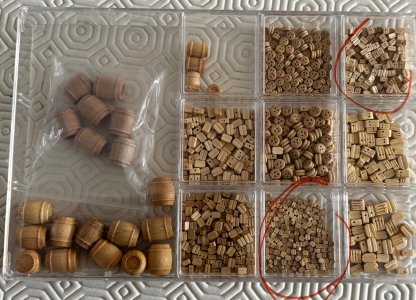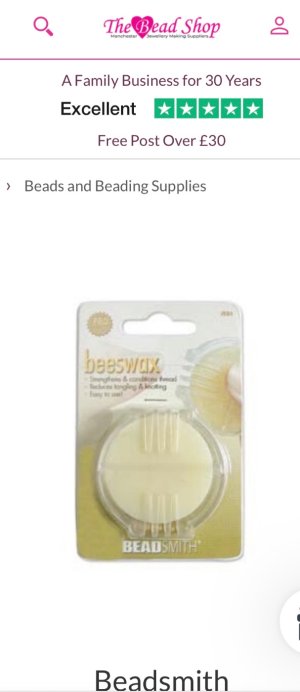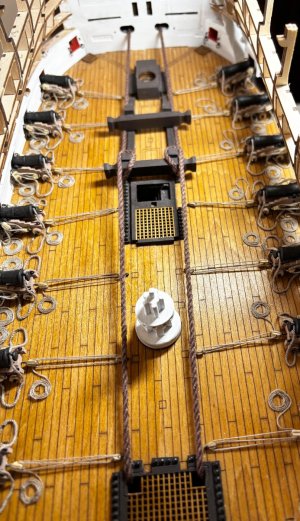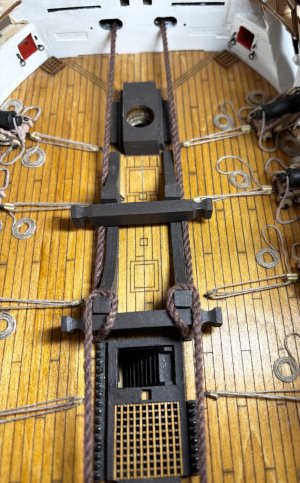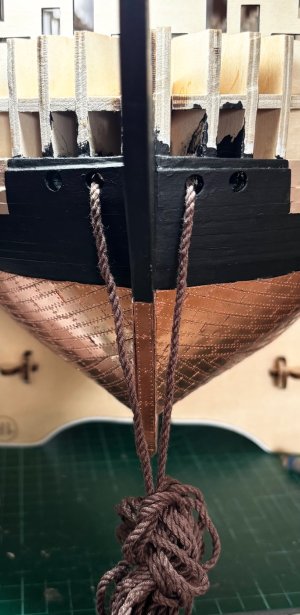- Joined
- Dec 5, 2022
- Messages
- 1,039
- Points
- 393

Hey Alan,You folks doing the lighting amaze me. I guess we can all do it but I am totally intimidated by this. Nicely done.
It may just be the lighting in the photos but are they upside down? The plates were nailed on so there would be dents where the nails were hammered in rather than the appearance of rivet heads.
View attachment 534789
Thanks for the reply. That's quite expensive. The work alone is insane. You have my respect! I also bought the kit. Also the roller for the copper foil. I'm going to try it out and then decide whether to buy the copper plates or use the foil. I would be happy to show you a picture of it. As for your photo of the Victory, where did you find it? I'm confused at the moment, because I feel the same way as you do, that the nails were hammered in and thus countersunk and no rivets are visible, but recessed. Or am I wrong?
Best regards
Günther




